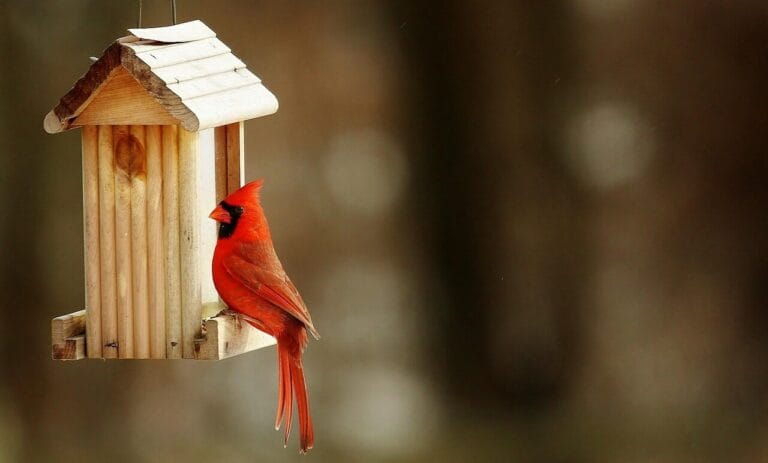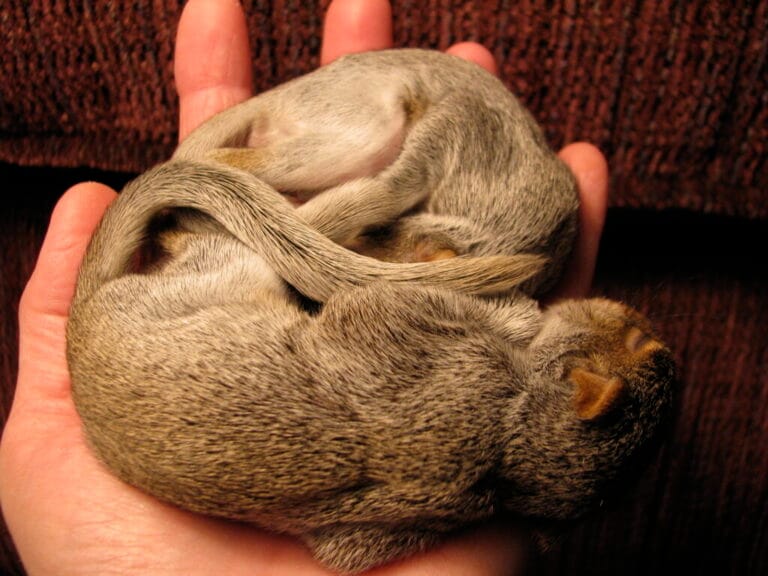How to Revive a Dying Mint Plant: 5 Steps to Recovery

Quick Summary: Mint is one of the hardiest herbs in the garden, but it can still suffer from wilt, root rot, and scorching. Whether you are gardening in the damp UK or the heat of Australia, this guide will help you diagnose and save your plant.
If your mint plant is looking a little worse for wear, don’t worry—we’re here to help! Mint (Mentha) is incredibly resilient, often bouncing back from what looks like total death. In this blog post, we will give you five expert tips to revive your mint plant and get it back to its former glory.
Quick Diagnosis: What’s Wrong With Your Mint?
Before you start cutting, identify the symptom using this quick checker:
| Symptom | Likely Cause | Immediate Fix |
|---|---|---|
| Wilting / Drooping | Under-watering or Heat Stress | Deep watering immediately. |
| Yellow Lower Leaves | Over-watering / Root Rot | Let soil dry out; ensure drainage. |
| Brown/Crispy Edges | Sun Scorch or Low Humidity | Move to partial shade (afternoon shade). |
| Leggy/Weak Stems | Not Enough Light | Move to a sunnier location. |
1. Assess the Condition of Your Plant

The first step is a thorough inspection. If the leaves are wilted or the stems are yellow, it is likely the plant is struggling with moisture levels. Check the soil moisture by sticking your finger an inch deep.
- Pests: Look for aphids or spider mites. If leaves are black or sticky, treat with organic insecticidal soap.
- Disease: Rust spots (orange/brown spots) are common in humid climates like the UK or Florida. Remove these leaves immediately to stop the spread.
2. Aggressive Pruning: Trim Back to Healthy Growth
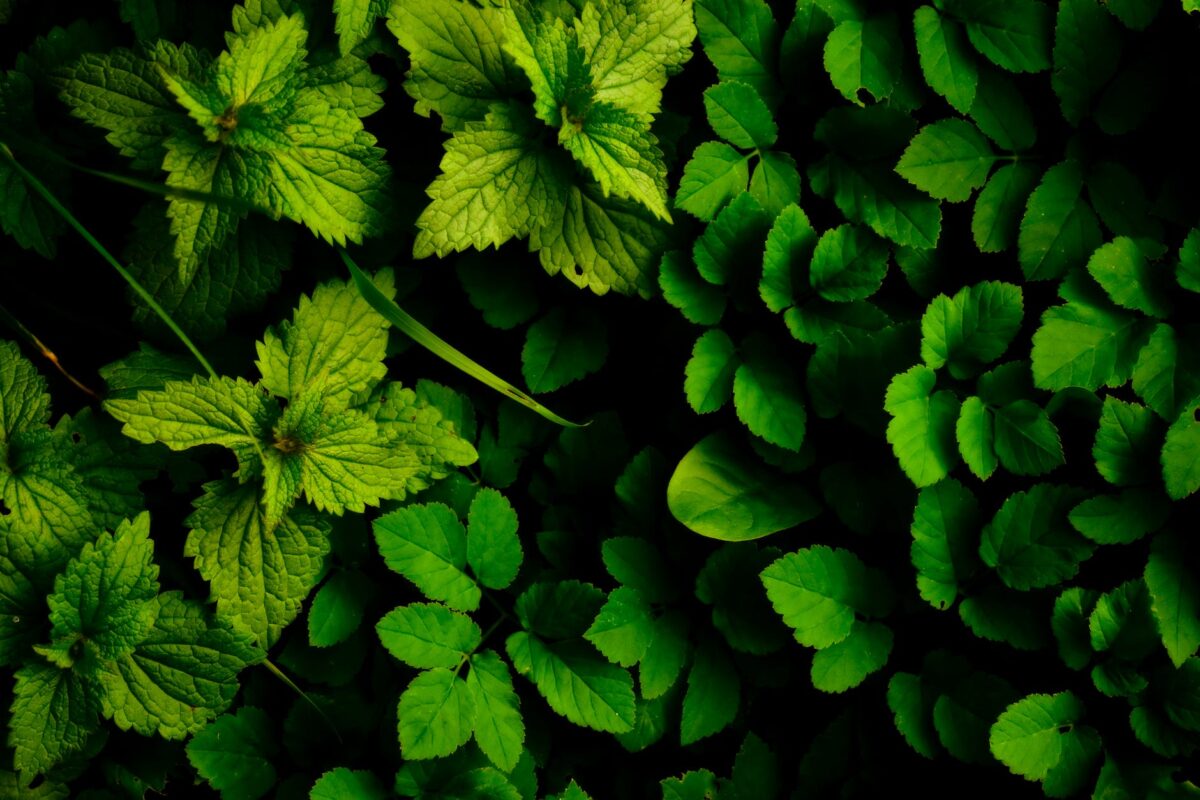
Mint grows vigorously from its root system (rhizomes). If the leaves are brown, dead, or diseased, do not be afraid to cut them off.
Trimming away the dead leaves allows the plant to focus energy on new shoots rather than trying to save dying tissue. If the plant is severely damaged, you can cut it back to about 2 inches above the soil surface. This mimics nature and often triggers a flush of new, healthy green growth.
3. Master Your Soil and Water Balance
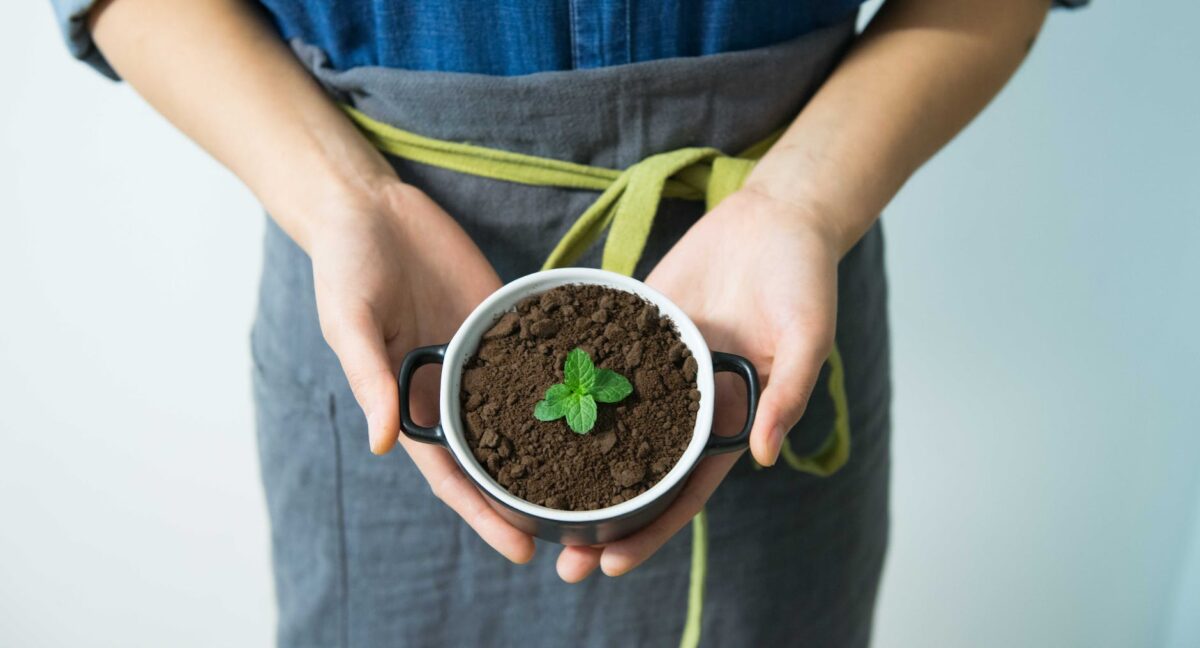
Mint prefers soil that is consistently moist (“wet feet”) but not soggy. If you are repotting your mint to save it, getting the soil mix right is critical.
Soil Tip: A mix of peat, compost, and perlite is ideal. If you are mixing your own blend for a large planter box or raised bed, accuracy prevents waste. You can determine exactly how much potting mix and compost you need using a soil calculator.
4. Optimize Light and Location
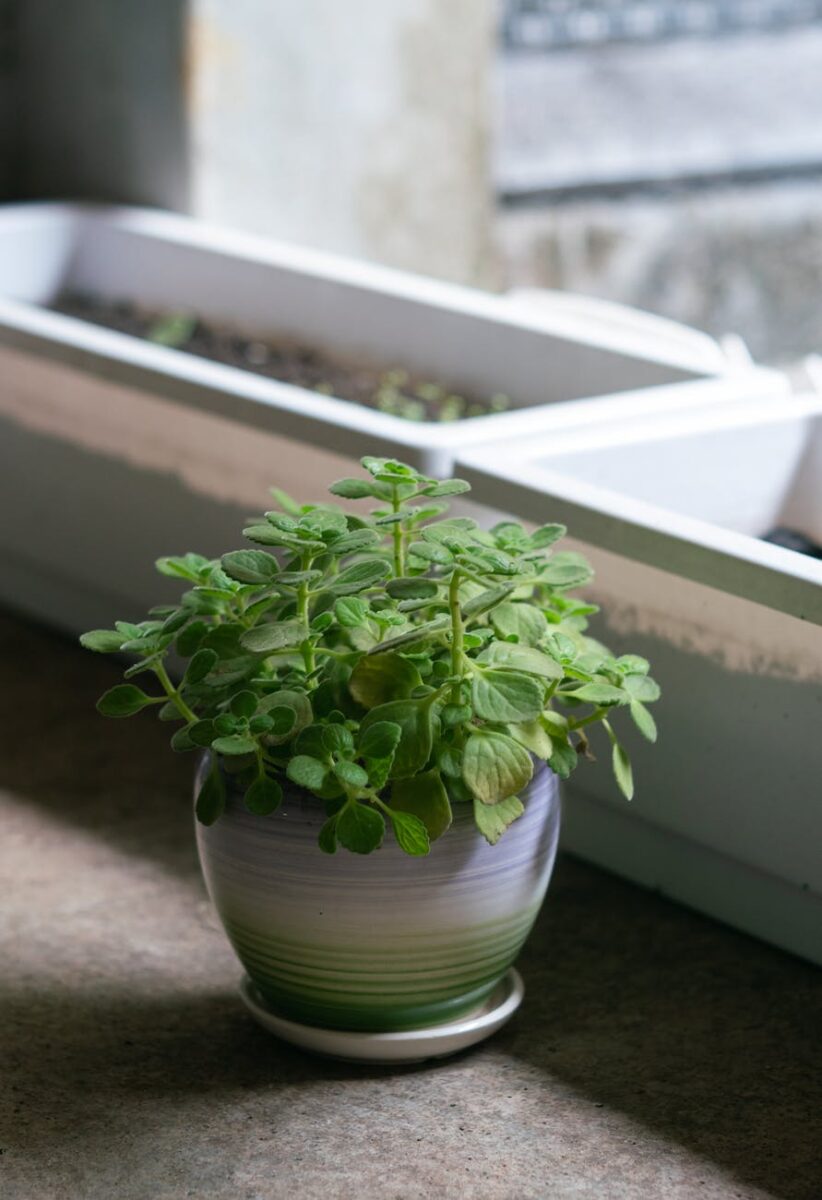
Light requirements vary by region:
- UK / Canada / Northern USA: Mint thrives in full sun. Place it in a south-facing window or the sunniest spot in the garden.
- Australia / Southern USA (Texas/Arizona): The afternoon sun can be too harsh and scorch the leaves. In these regions, place mint where it gets morning sun and afternoon shade.
5. Replanting and Landscape Maintenance
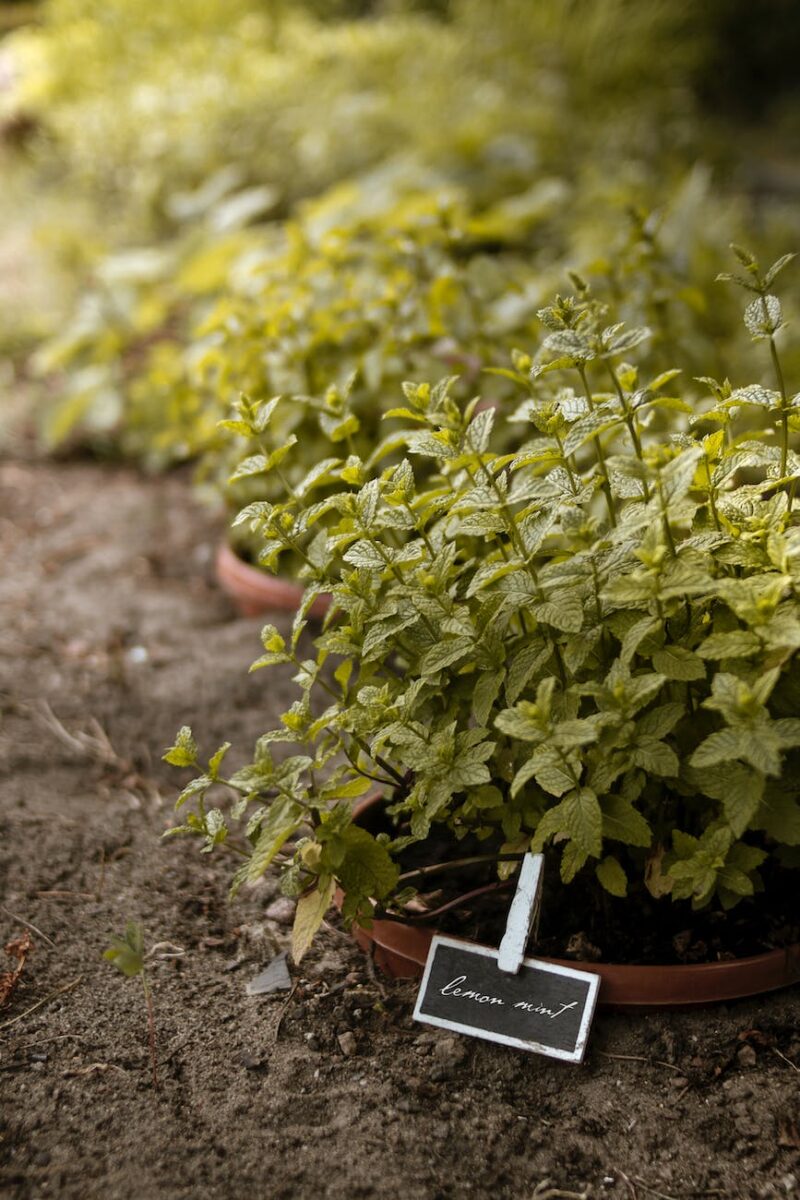
If the plant is root-bound (roots circling the pot) or the soil is depleted of nutrients, no amount of water will save it. You must replant it in fresh soil.
Mint in the Landscape: Tips for Success
Once your mint is revived, you might want to integrate it into your yard. Here is how to do it safely and effectively:
Containment is Key: Mint is invasive. If planting it in the ground, consider building a dedicated concrete or stone border to stop it from taking over your lawn. To plan this border accurately, use a concrete calculator.
Moisture Retention: To reduce watering frequency, apply mulch around the base of the plant. This keeps the roots cool and moist. Use a mulch calculator to ensure you apply the correct depth (2-3 inches) without smothering the stems.
Near Water Features: Mint makes a fragrant addition near swimming pools or ponds. However, be mindful of chemical splashes. If you are managing a pool ecosystem near your garden, ensure your water chemistry is balanced to protect your plants. Use a pool volume calculator to manage your water features responsibly.
Final Thought
With a little TLC, your mint plant should be back to its old self in no time! Remember, mint is a survivor. As long as the roots are white and healthy, the plant can regenerate. Have you ever grown a mint plant before? Let us know your experience in the comments below.
More Articles:
46 Modern & Small Corner Rock Garden Ideas: How to Create a Beautiful and Functional Space
32 Affordable Backyard Pool Ideas on a Budget




